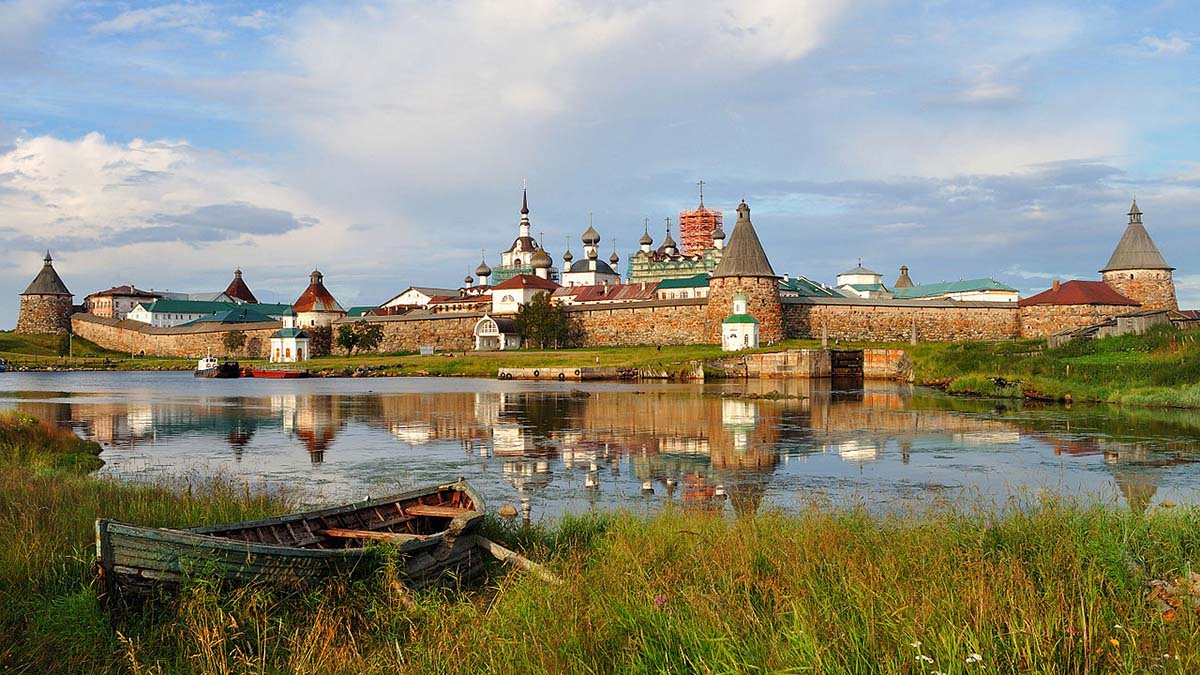
by William Taylor
Russia is a multi-cultural nation with traditions and historical sites that are to die for. The nation’s culture and history started from the East Slavs, their peculiar way of life and pagan beliefs, and it goes all the way to Eastern Europe and the influences of the Finno-Ugric tribes. In 1453, after Constantinople’s fall, Russia has somehow managed to remain the world’s largest Orthodox nation. At one point in history, the country was deeply influenced by Western Europe’s culture and traditions. Things took a sudden turn in the 20th century, when the Soviet Union and its Communist ideology kicked in.
Nowadays, Russia’s cultural heritage is the 7th in the Nation Brands Index. Because of a rather late involvement in international tourism and modern globalization, the country has preserved most its historical sites and cultural aspects intact. Here are some famous historical sites you cannot miss out on your trip to the magnificent Russian territory.
THE SOLOVETSKY ISLANDS
The stunning Solovetsky Islands are positioned in the White Sea, and the archipelago is made of 6 major islands with over 100 small ones. The destination is a place with an exquisite historical background and cultural ambiance. There’s an imposing monastery in the area that was formed in the 15th century by the Sabbatius, German and Zosima monks. Another hundred years later, it became a powerful Russian symbol. After hosting disgraced noblemen and exiles, the monastery was closed down in 1920 when it turned into a labor camp for the region’s political prisoners. Throughout the Second World War, the site became a Northern Fleet naval school, and in 1950 it was named the Solovetsky Islands Museum Reserve. The Monastery is one of the most notable Russian Orthodox place in Northern Russia.
KIZHI
Kizhi is an open-air museum that prides with an extraordinary architecture. The site is the jewel of Karelia; a place of sheer beauty that grew out of the banks of Lake Onega. The harmonious masterpiece was erected by the nameless artisans of the 18th century. The Great Transfiguration Church in the area highlights 20 domes in the shape of an onion, and it was built without using any nails. According to the legend, the carpenter in charge used a single axe to build the church; and then threw it into the lake to mark the completion of the greatest edifice that he has ever built.
KOMI FORESTS
Europe’s largest and wildest tract of forests is located in the Russian region of Komi, nearby the lush Ural Mountains. The area spans over 3 million hectares, and it is surrounded by the thickest taiga. The virgin forests are not your average travel spot. Avid mountaineers and courageous adventurers will find this place truly inspiring. The habitat in the area is quite unique; packed with endangered animal species and stunning birds, Komi is split into 2 reserves – Yugyd Va and Pechora-Ilychsky. The latter reserve is well-known for the mysterious stone idols that were formed by the mountain rock’s erosion to the Manpupuner Plateau.
 YAROSLAVL
YAROSLAVL
Famous for its architecture and overall layout, Yaroslavl is a remarkable historical center in Russia. It dates back to the 18th century and it had quite an impact on the country’s history during Catherine the Great’s reign. Bordered by the Volga and Kotorosl rivers, this unique historic city is a UNESCO World Heritage Site with a surreal vibe and breathtaking scenery. The milestone of Yaroslavl is the Church of Elijah the Prophet; an emerald-domed edifice that will instantly grab your attention. There numerous theaters in the area too, as well as a circus, planetarium and a philharmonic.
KAZAN
Another fascinating historical site in Russia is Kazan, Tatarstan’s main capital and Russia’s symbol of peaceful coexistence between the Islamic and Christian cultures. The Kremlin of Kazan is the city’s main attraction and most important historical site. It is positioned in the city center and it prides with two monuments – a Muslim monument and an Orthodox monument. From the Soyembike Tower tourists can admire Kazan’s skyline. The mosques and other churches surrounding the city compliment the landscape and make this place a truly exquisite historical site to check out while exploring the Russian territory.
If You Go:
Uncover Russia’s internal beauty and explore its hidden historical sites. Get to know more about its culture and background, and let its people amaze your senses with their fascinating customs and traditions.
About the author:
William Taylor is a traveling freak from his teenage and has traveled many destinations around the world. He also loves writing about his traveling experiences and sharing about the places he has explored. He writes for a site www.baltictravelcompany.com which is Specialists in Baltic holidays, Eastern Europe, Scandinavia and the Nordics.
Photo credit:
Solovetsky Islands byАлексей Задонский / CC BY-SA

 YAROSLAVL
YAROSLAVL
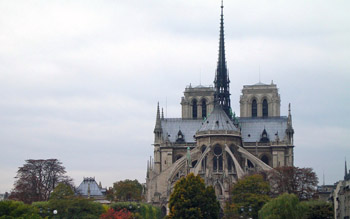
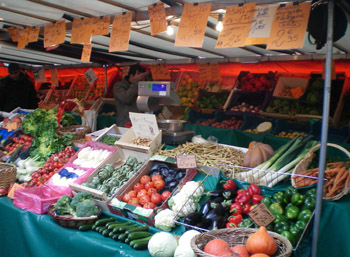 AMBROISE PARÉ (1510 – 20/12/1590)
AMBROISE PARÉ (1510 – 20/12/1590)
 BICHAT (14/11/1771 – 22/7/1802)
BICHAT (14/11/1771 – 22/7/1802)
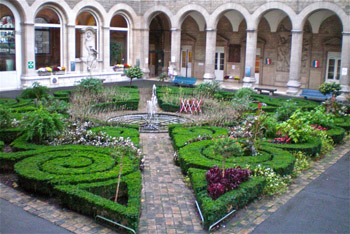 DIEULAFOY (1870s)
DIEULAFOY (1870s) HARTMANN (1860-1952)
HARTMANN (1860-1952)
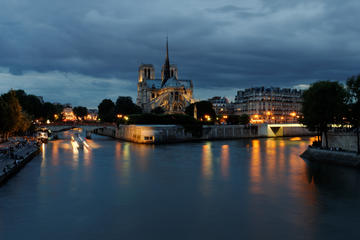
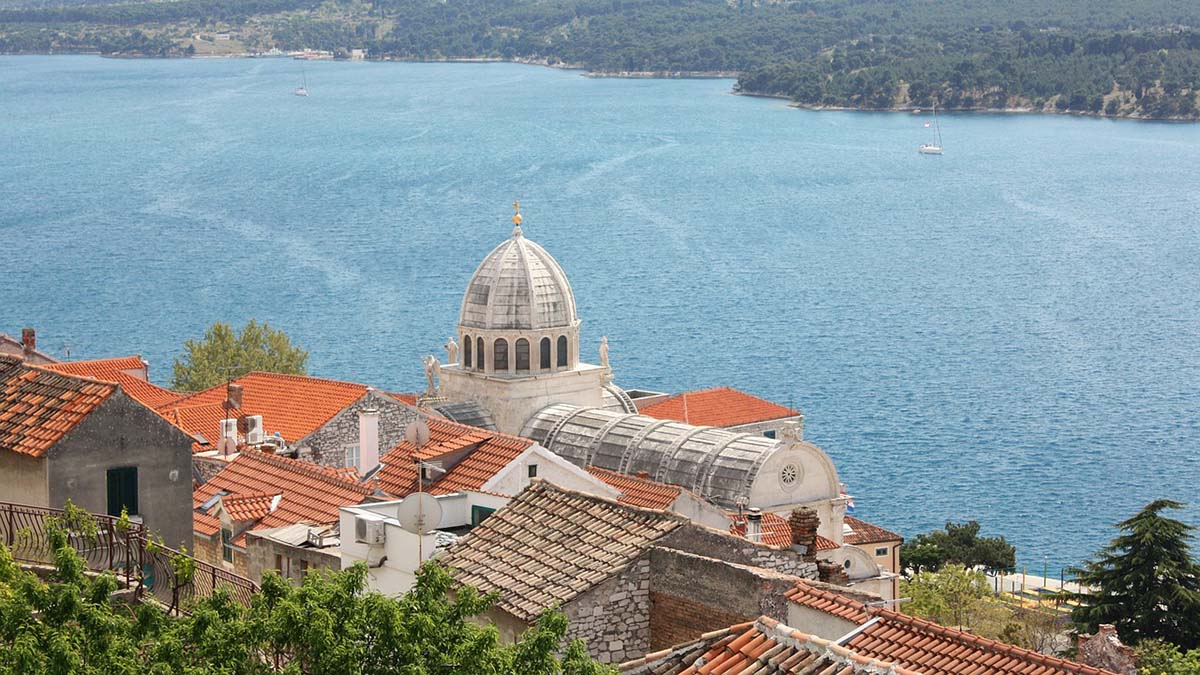
 LEADERSHIP STRIFE
LEADERSHIP STRIFE
 The cathedral of St James is by far the most impressive achievement in the city and it defies comparison due to its excellent construction. This three-nave Gothic Renaissance is the brainchild of Juraj Dalamanatic and was built during a period of Turkish attacks. What you see today actually took more than a century to build. Interestingly, there are 72 stone heads around the cathedral which represent locals who did not care to give a hand in the construction of the cathedral. I read a lot about this cathedral before visiting it and my friends told me that I should definitely go and check this building out when I visited Sibenik so of course I did. It is a massive building that towers over you but every piece of it contains a different kind of beauty that you just cannot stop looking at. I spent a couple of hours there just enjoying the view and learning a bit about this marvelous building, completely mesmerized.
The cathedral of St James is by far the most impressive achievement in the city and it defies comparison due to its excellent construction. This three-nave Gothic Renaissance is the brainchild of Juraj Dalamanatic and was built during a period of Turkish attacks. What you see today actually took more than a century to build. Interestingly, there are 72 stone heads around the cathedral which represent locals who did not care to give a hand in the construction of the cathedral. I read a lot about this cathedral before visiting it and my friends told me that I should definitely go and check this building out when I visited Sibenik so of course I did. It is a massive building that towers over you but every piece of it contains a different kind of beauty that you just cannot stop looking at. I spent a couple of hours there just enjoying the view and learning a bit about this marvelous building, completely mesmerized.
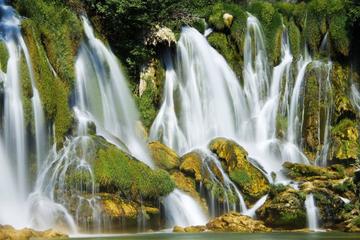


 So far, I followed almost exactly in the footsteps of Edmond Dantes, but perhaps it would be just as fitting to say that I was following in the footsteps of Dumas. An avid traveler, Dumas wrote as widely as he journeyed, inspired both by the places he visited as by the stories, legends, and history he collected on his travels. The world was his plaything, an endless well of opportunities to transform history and reality into fiction; everywhere he went, words and stories sprang forth, until the original sources had become obscured by the wild, sweeping stories of intrigue, suspense, and humanity that he penned. Marseille was no exception; Dumas visited the town on numerous occasions, treading where his literary creation had supposedly walked and using it as fodder for his story. Dumas always had a knack for hanging the romance over the reality – a sterner reality that hits me square in the face as I emerged from the Marseille metro.
So far, I followed almost exactly in the footsteps of Edmond Dantes, but perhaps it would be just as fitting to say that I was following in the footsteps of Dumas. An avid traveler, Dumas wrote as widely as he journeyed, inspired both by the places he visited as by the stories, legends, and history he collected on his travels. The world was his plaything, an endless well of opportunities to transform history and reality into fiction; everywhere he went, words and stories sprang forth, until the original sources had become obscured by the wild, sweeping stories of intrigue, suspense, and humanity that he penned. Marseille was no exception; Dumas visited the town on numerous occasions, treading where his literary creation had supposedly walked and using it as fodder for his story. Dumas always had a knack for hanging the romance over the reality – a sterner reality that hits me square in the face as I emerged from the Marseille metro. This also happened to be almost exactly what Dumas had done – except that in his day one did not take ferries. Instead, standing on the quay, he demanded the first available boat, only to watch a transaction between two boatmen as one quite obviously purchased Dumas as a passenger from the other.
This also happened to be almost exactly what Dumas had done – except that in his day one did not take ferries. Instead, standing on the quay, he demanded the first available boat, only to watch a transaction between two boatmen as one quite obviously purchased Dumas as a passenger from the other. Finally, we approach the island harboring over the fortress, and I look over the side eagerly, recalling the foreboding words from the novel:
Finally, we approach the island harboring over the fortress, and I look over the side eagerly, recalling the foreboding words from the novel:
 Two hundred years later, little has changed. The shadow of Dumas’ story – and his marketability – hangs over every inch of the monument the way it did two hundred years ago, obscuring its historical significance. Stepping inside, I find myself in the courtyard of the fortress, and my first care is to find the “cell” of the Edmond Dantes – the same one, probably, that Dumas himself was shown as he was recounted the tale of his famous fictional prisoner. Blithely ignoring the historical reality that states that Dantes didn’t actually exist, everything here is rendered as closely to the novel as possible.
Two hundred years later, little has changed. The shadow of Dumas’ story – and his marketability – hangs over every inch of the monument the way it did two hundred years ago, obscuring its historical significance. Stepping inside, I find myself in the courtyard of the fortress, and my first care is to find the “cell” of the Edmond Dantes – the same one, probably, that Dumas himself was shown as he was recounted the tale of his famous fictional prisoner. Blithely ignoring the historical reality that states that Dantes didn’t actually exist, everything here is rendered as closely to the novel as possible.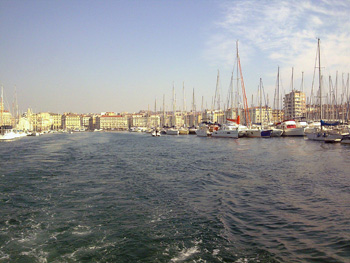 Having explored the cell itself, I wander around the rest of the chateau, climbing its three stories to the rooftop and gazing at far-off Marseille on the coast. Then I wander the rocky, barren island, passing the half-hour until the next ferry arrives to take visitors back. Lost in thought, I venture into the tall, wild grasses to gaze down at the sheer drop into the sea. Despite the warm sun illuminating the scene, there’s a hopelessness to these barren crags. Standing at the very edge, I reminisce about how Edmond Dantes escaped by being thrown into that very water as he played dead and wonder if perhaps I’d picked the exact spot from which they had thrown his body into the depths, unwittingly allowing him to escape.
Having explored the cell itself, I wander around the rest of the chateau, climbing its three stories to the rooftop and gazing at far-off Marseille on the coast. Then I wander the rocky, barren island, passing the half-hour until the next ferry arrives to take visitors back. Lost in thought, I venture into the tall, wild grasses to gaze down at the sheer drop into the sea. Despite the warm sun illuminating the scene, there’s a hopelessness to these barren crags. Standing at the very edge, I reminisce about how Edmond Dantes escaped by being thrown into that very water as he played dead and wonder if perhaps I’d picked the exact spot from which they had thrown his body into the depths, unwittingly allowing him to escape.

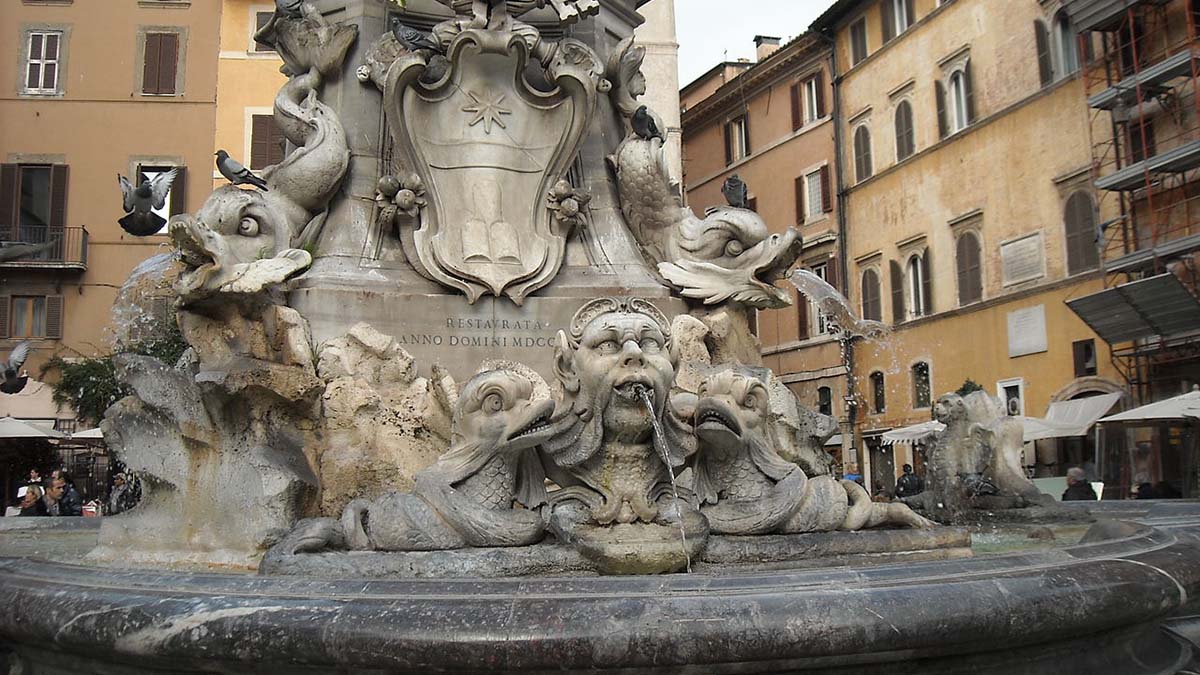
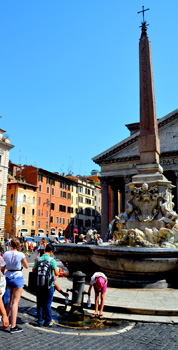 My husband and I arrived in Rome during the heat wave that broke records all across Europe in the summer of 2015. After a week of sweltering in temperatures up to 36.7 (99.68 F) in London and 39.7 C (103 F) in Paris, we were resigned to buying bottled water at every possible opportunity. We were about to learn that Rome is actually better prepared to handle thirsty tourists than most major cities, and that it has been for centuries.
My husband and I arrived in Rome during the heat wave that broke records all across Europe in the summer of 2015. After a week of sweltering in temperatures up to 36.7 (99.68 F) in London and 39.7 C (103 F) in Paris, we were resigned to buying bottled water at every possible opportunity. We were about to learn that Rome is actually better prepared to handle thirsty tourists than most major cities, and that it has been for centuries.
 The apparent wastefulness of all that water flowing 24/7 isn’t lost on the city. During the 1980s the city added taps to the fountains, requiring that thirsty Romans operate a nob or button in order to drink. The results were far from satisfying. On hot days, water standing in the pipes heated up, making it less than appealing. Vandals broke the new taps, freeing the flow of the water, and officials gave up on the project. The water doesn’t go entirely to waste. It’s recycled to grow gardens, flush sewers and in industrial cleaning.
The apparent wastefulness of all that water flowing 24/7 isn’t lost on the city. During the 1980s the city added taps to the fountains, requiring that thirsty Romans operate a nob or button in order to drink. The results were far from satisfying. On hot days, water standing in the pipes heated up, making it less than appealing. Vandals broke the new taps, freeing the flow of the water, and officials gave up on the project. The water doesn’t go entirely to waste. It’s recycled to grow gardens, flush sewers and in industrial cleaning. I found one that wasn’t in use on a side street as my husband and I walked back to our hotel from Trevi Fountain on a very hot afternoon. I wondered for a second if it was functional, but as I stepped around it I found a stream of fresh cool water splashing into a grate at my feet. I splashed my face and filled my bottle. By the time I was done, a couple of people had queued up behind me. I felt as much like a native as a brief visitor can feel.
I found one that wasn’t in use on a side street as my husband and I walked back to our hotel from Trevi Fountain on a very hot afternoon. I wondered for a second if it was functional, but as I stepped around it I found a stream of fresh cool water splashing into a grate at my feet. I splashed my face and filled my bottle. By the time I was done, a couple of people had queued up behind me. I felt as much like a native as a brief visitor can feel.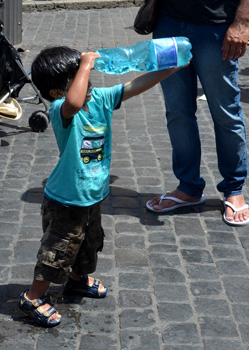 Do give the nasoni of Rome a try while you’re there. Your first time may feel a bit daunting, but once you try it, I’ll bet you’re sold on this delicious free resource.
Do give the nasoni of Rome a try while you’re there. Your first time may feel a bit daunting, but once you try it, I’ll bet you’re sold on this delicious free resource.


